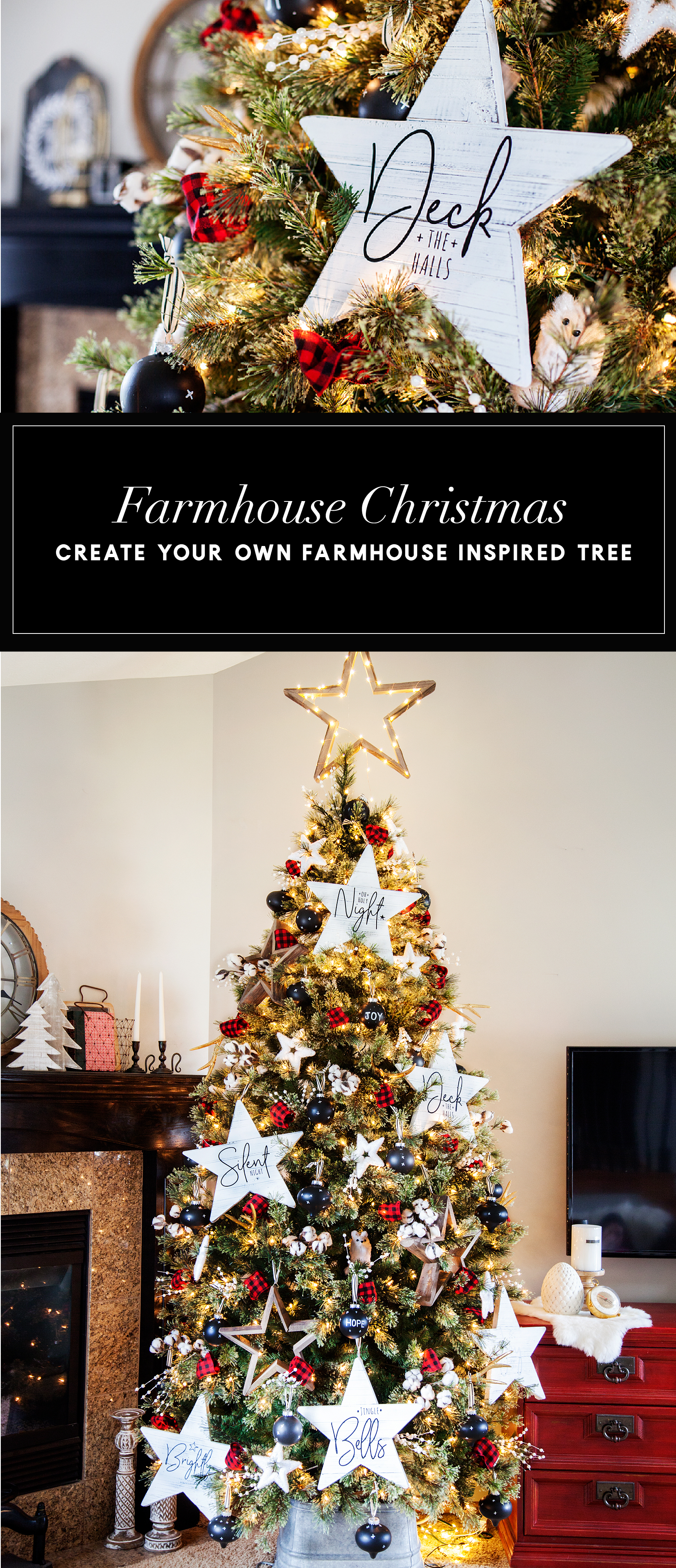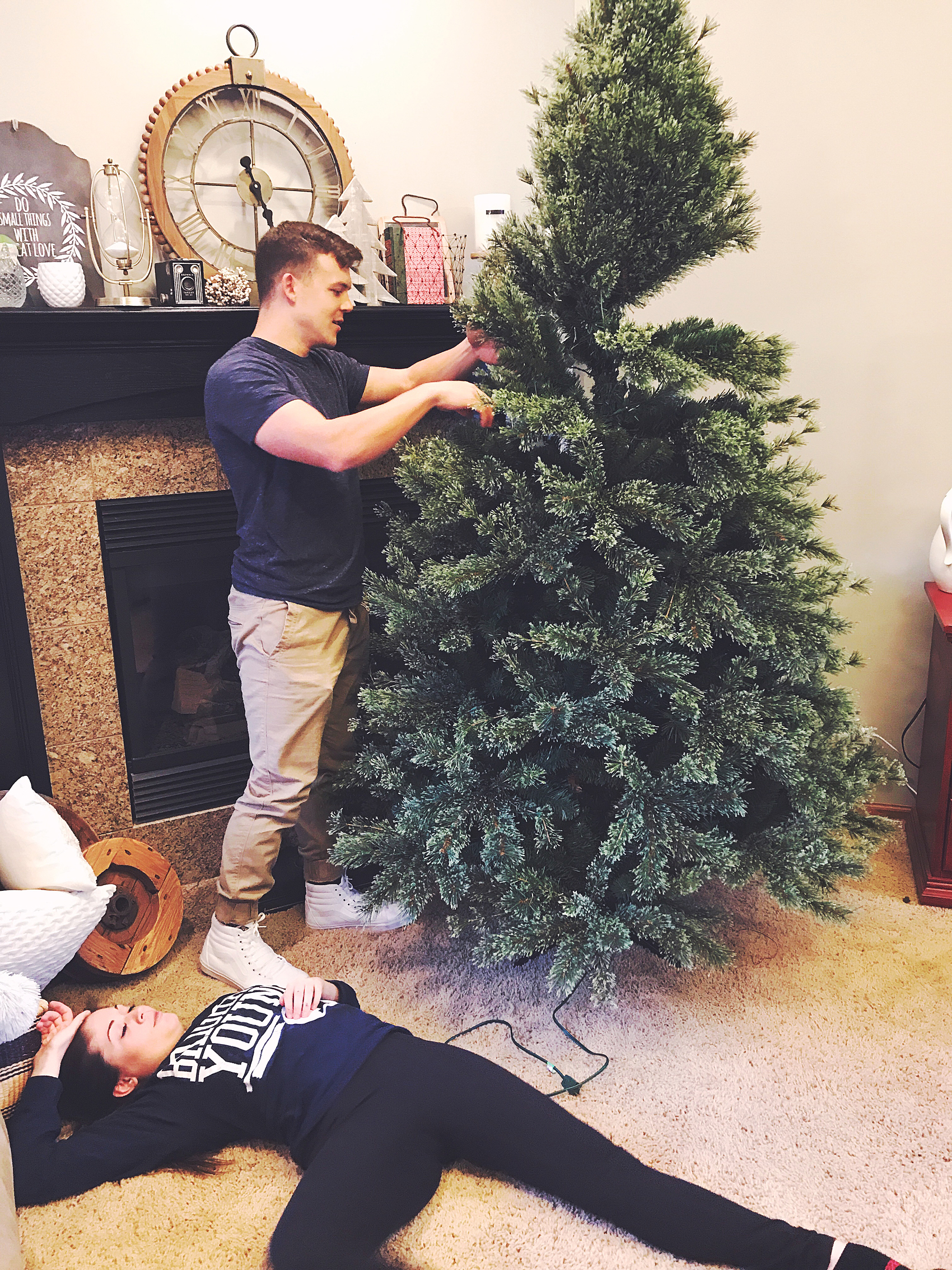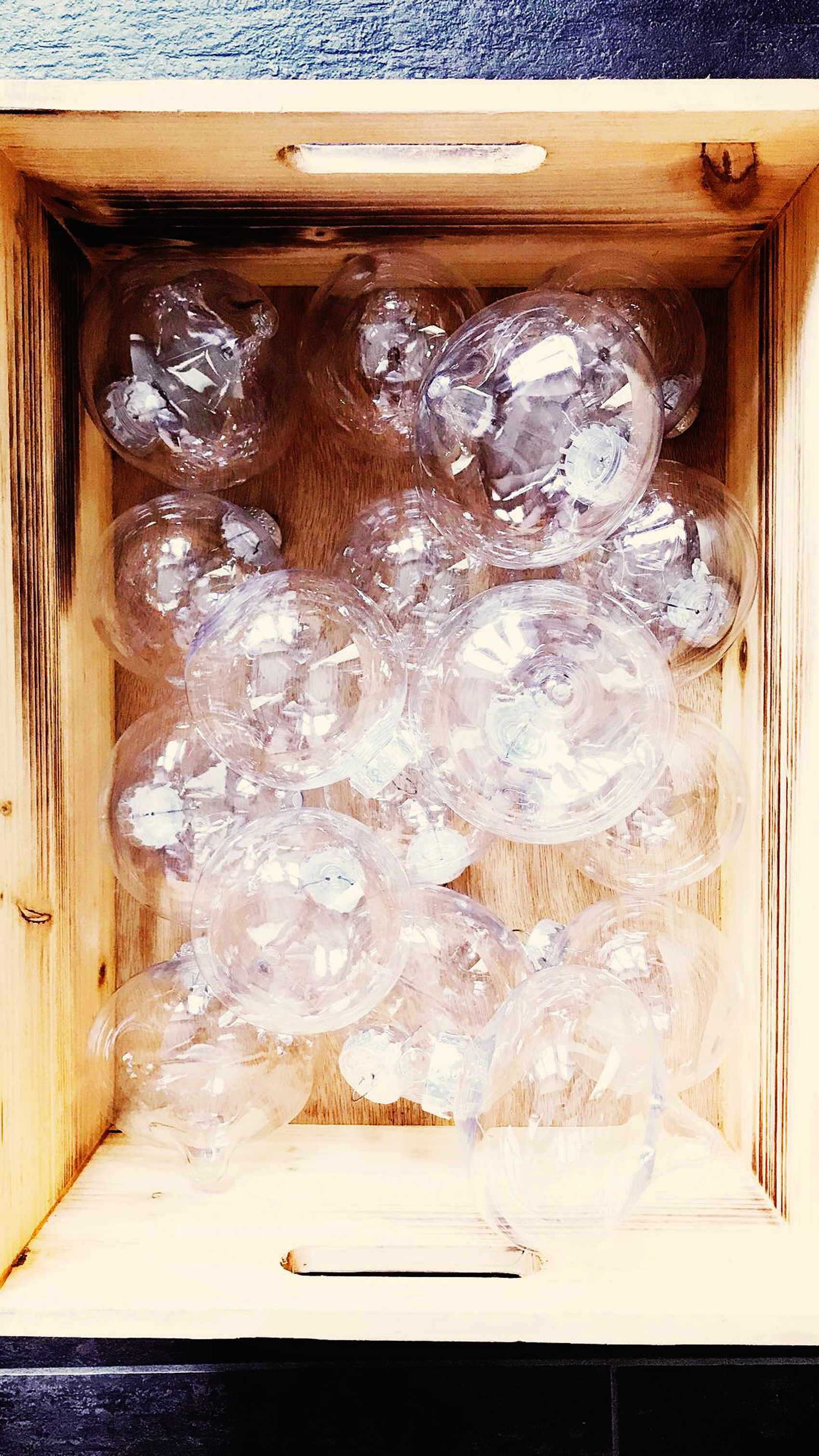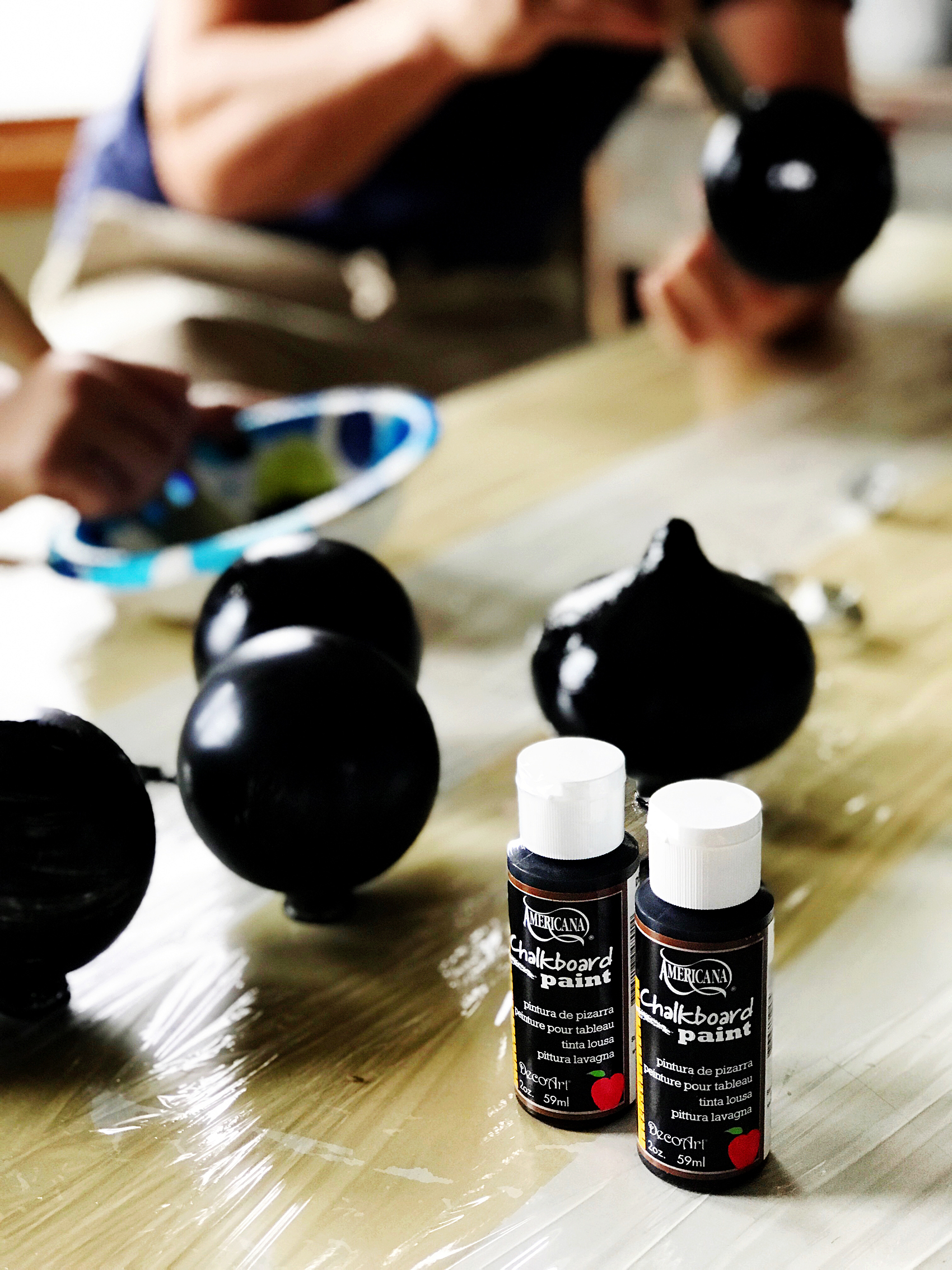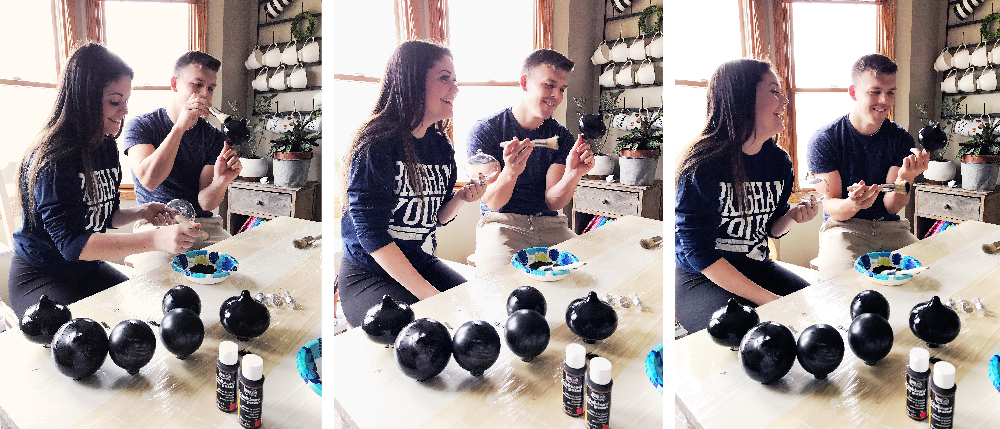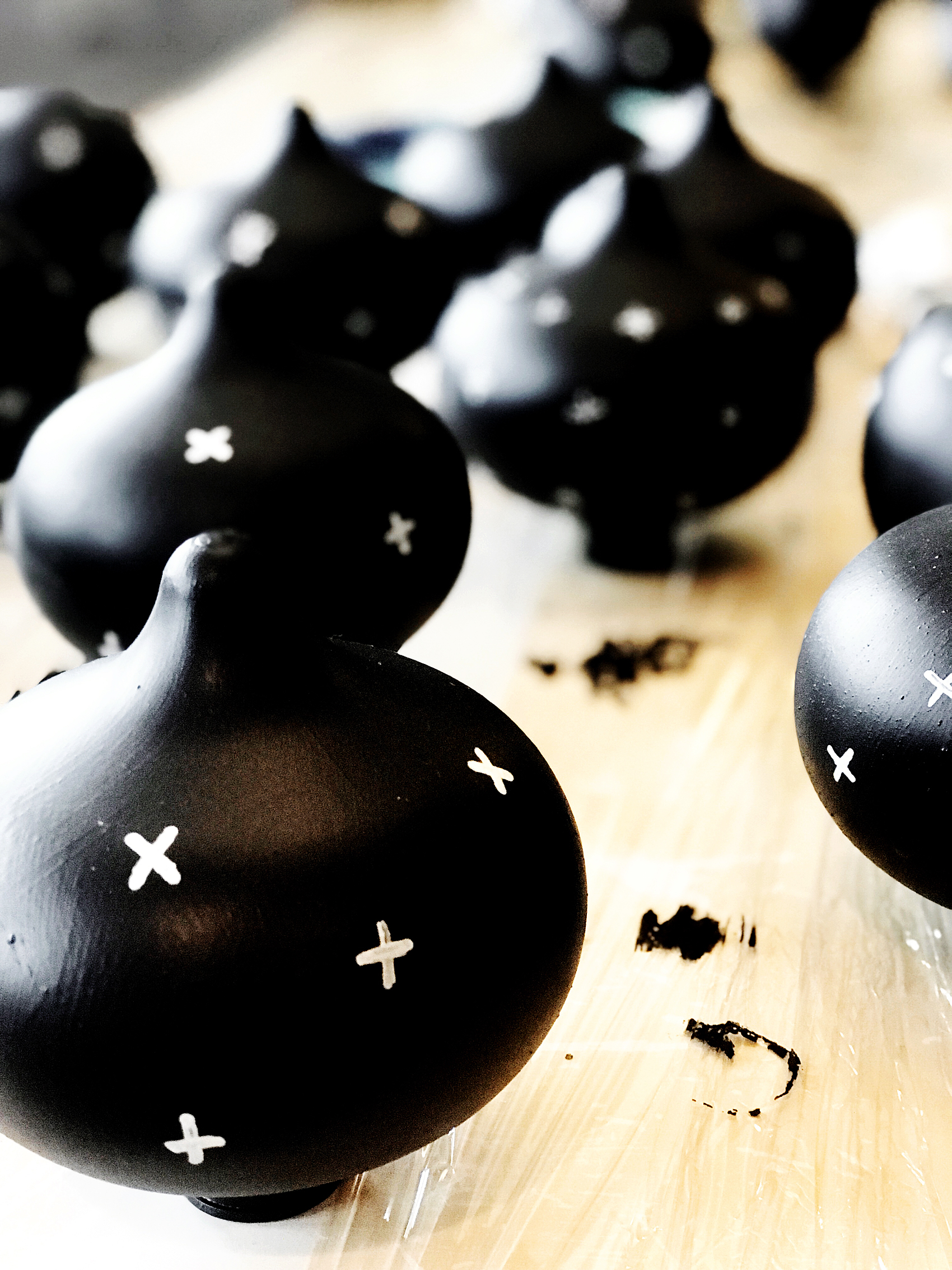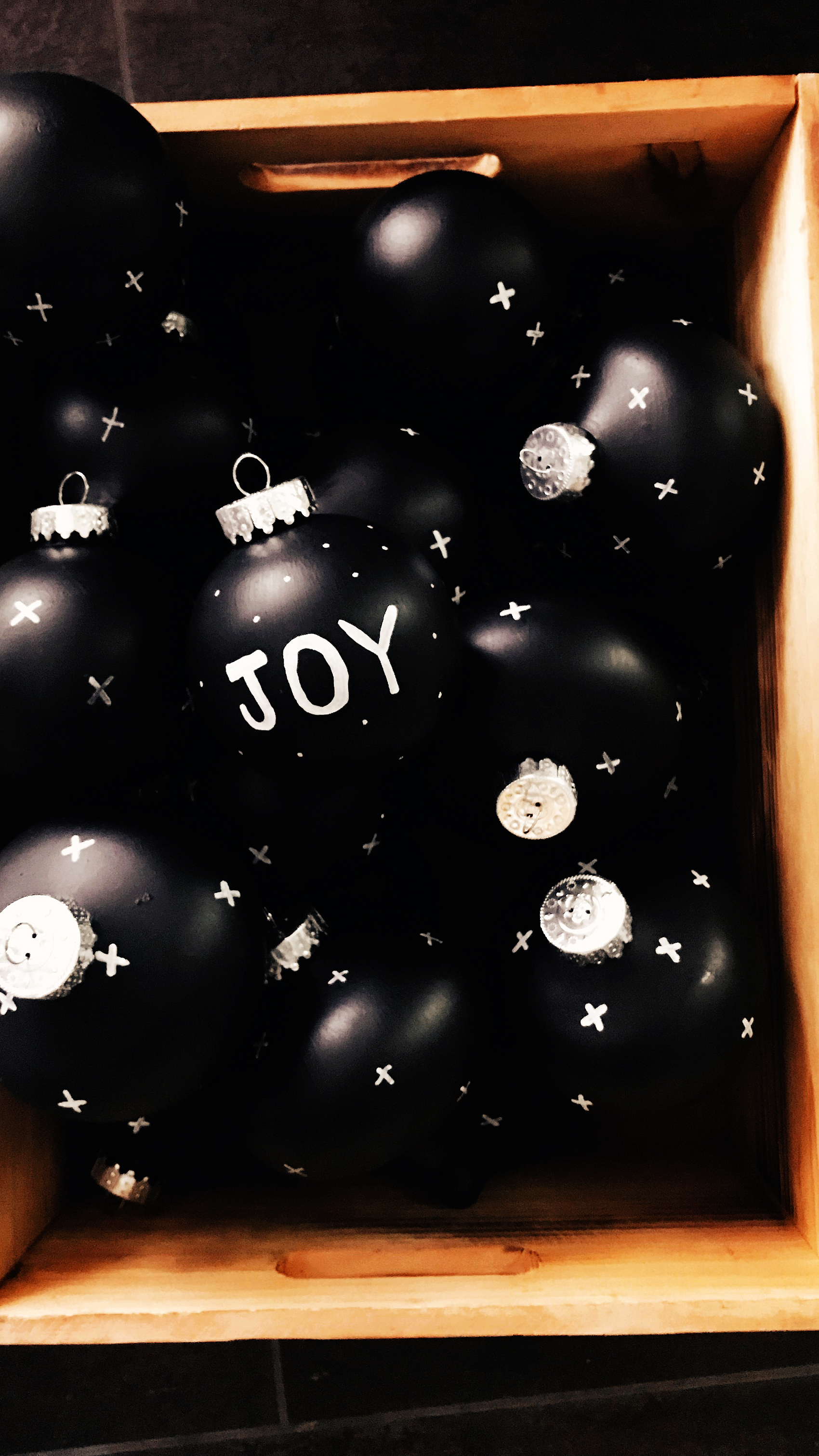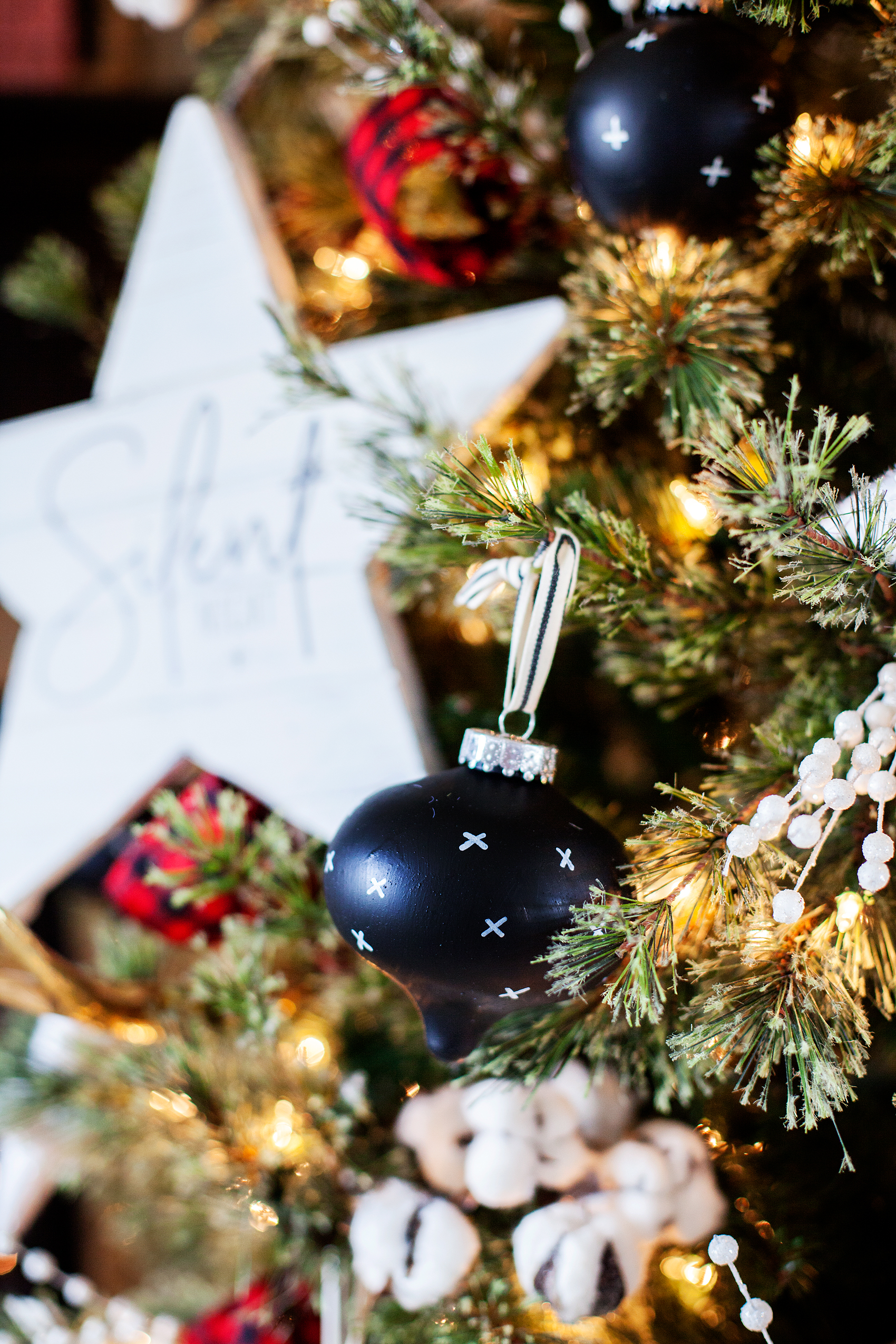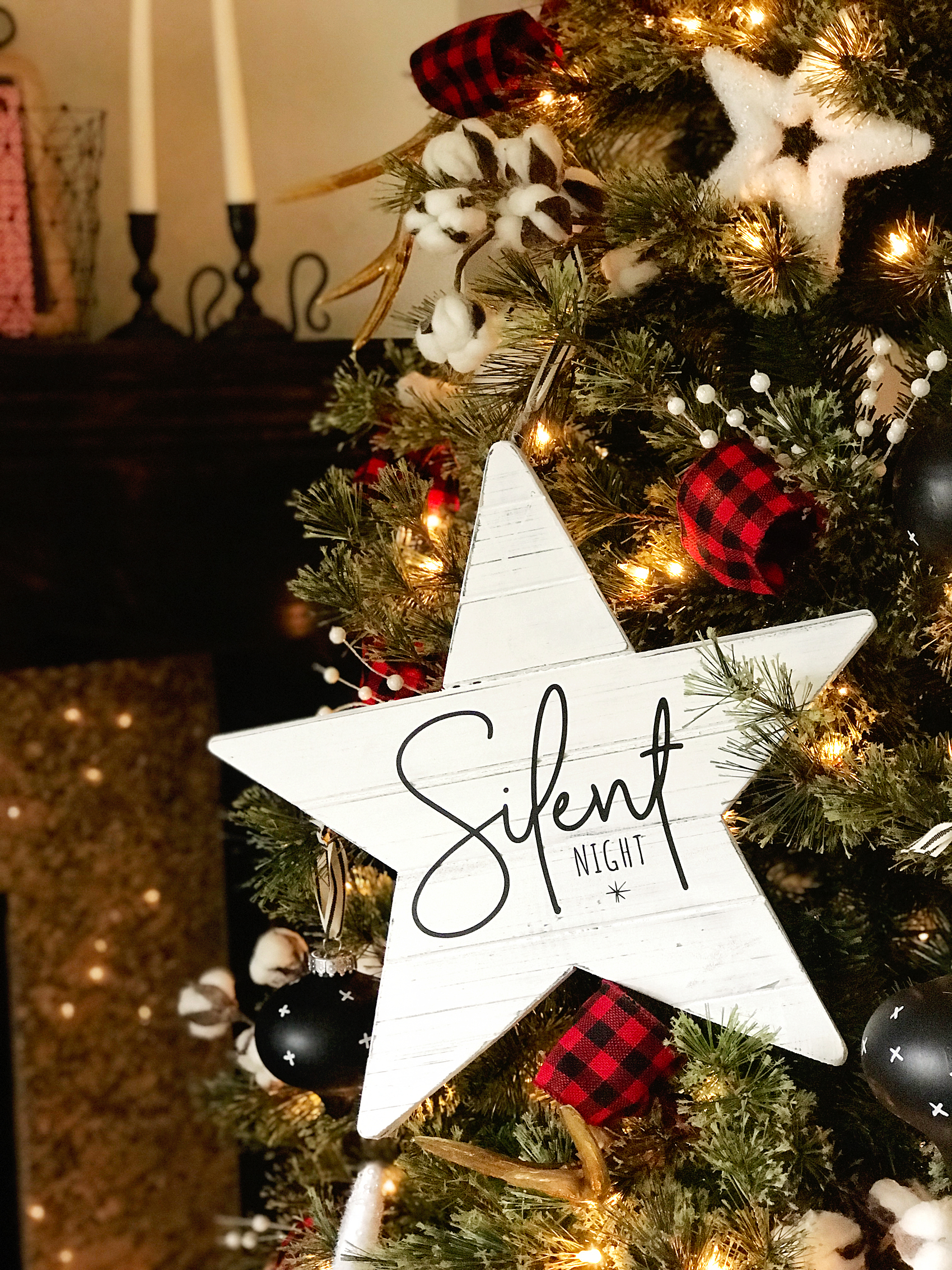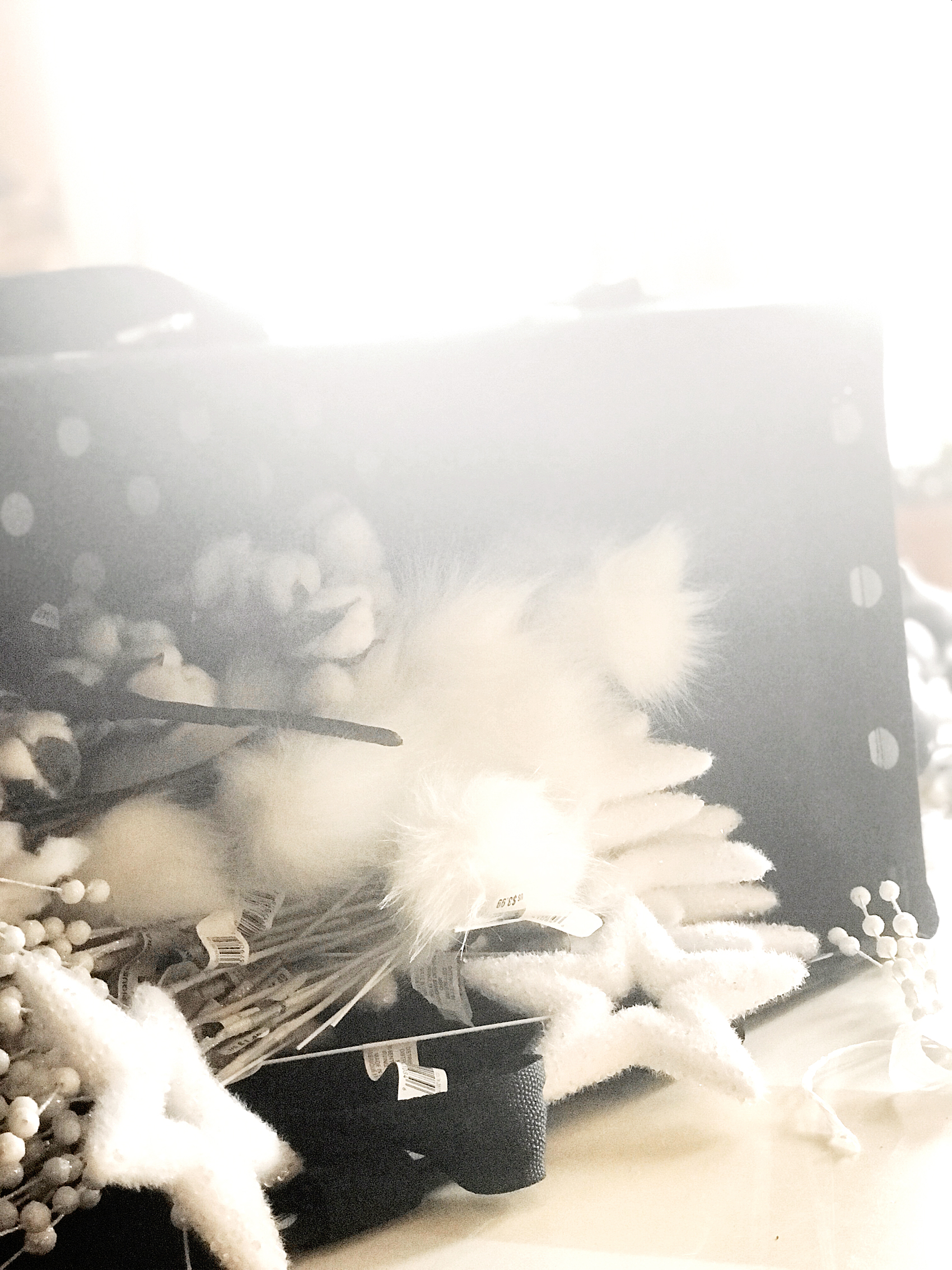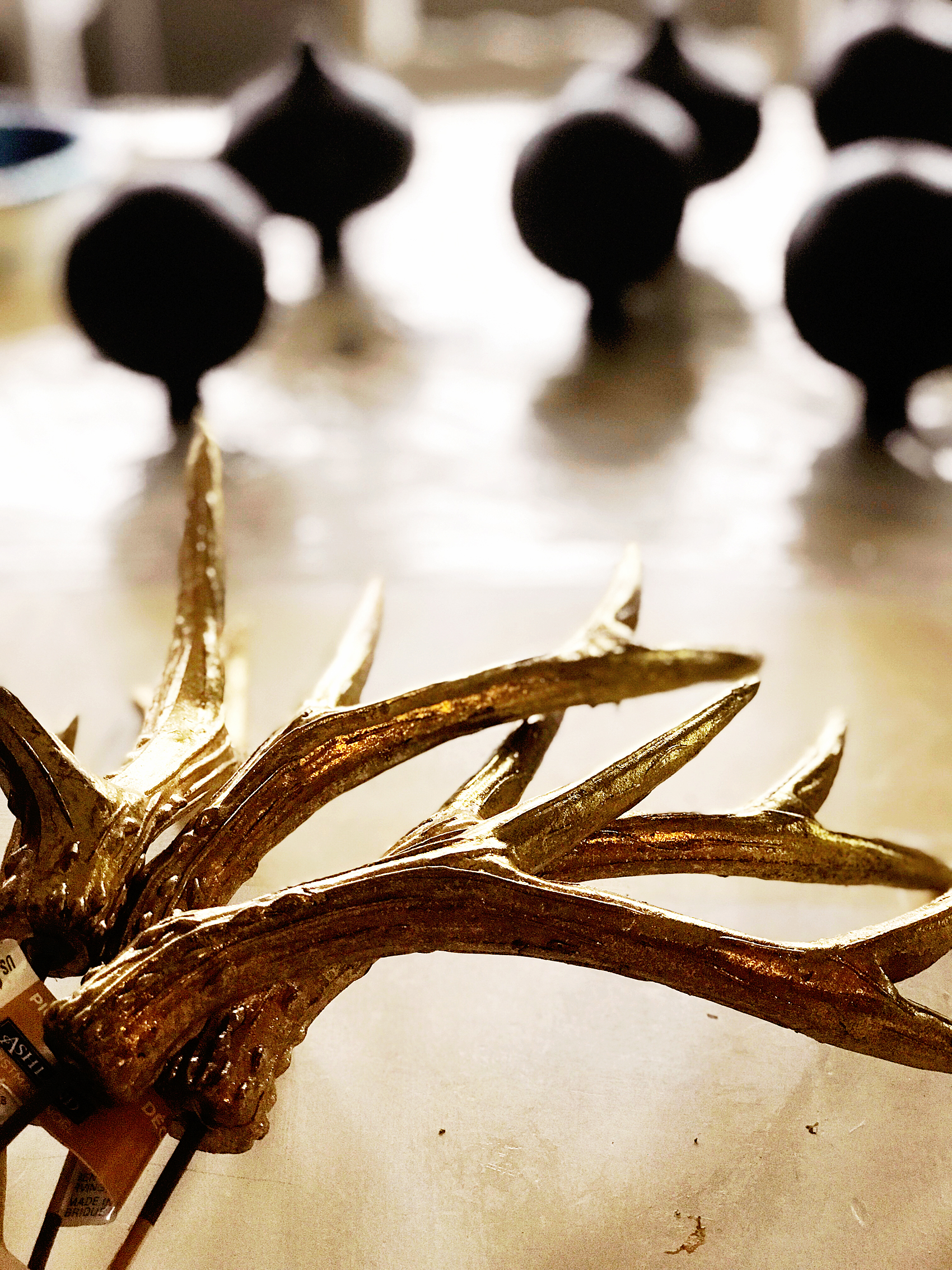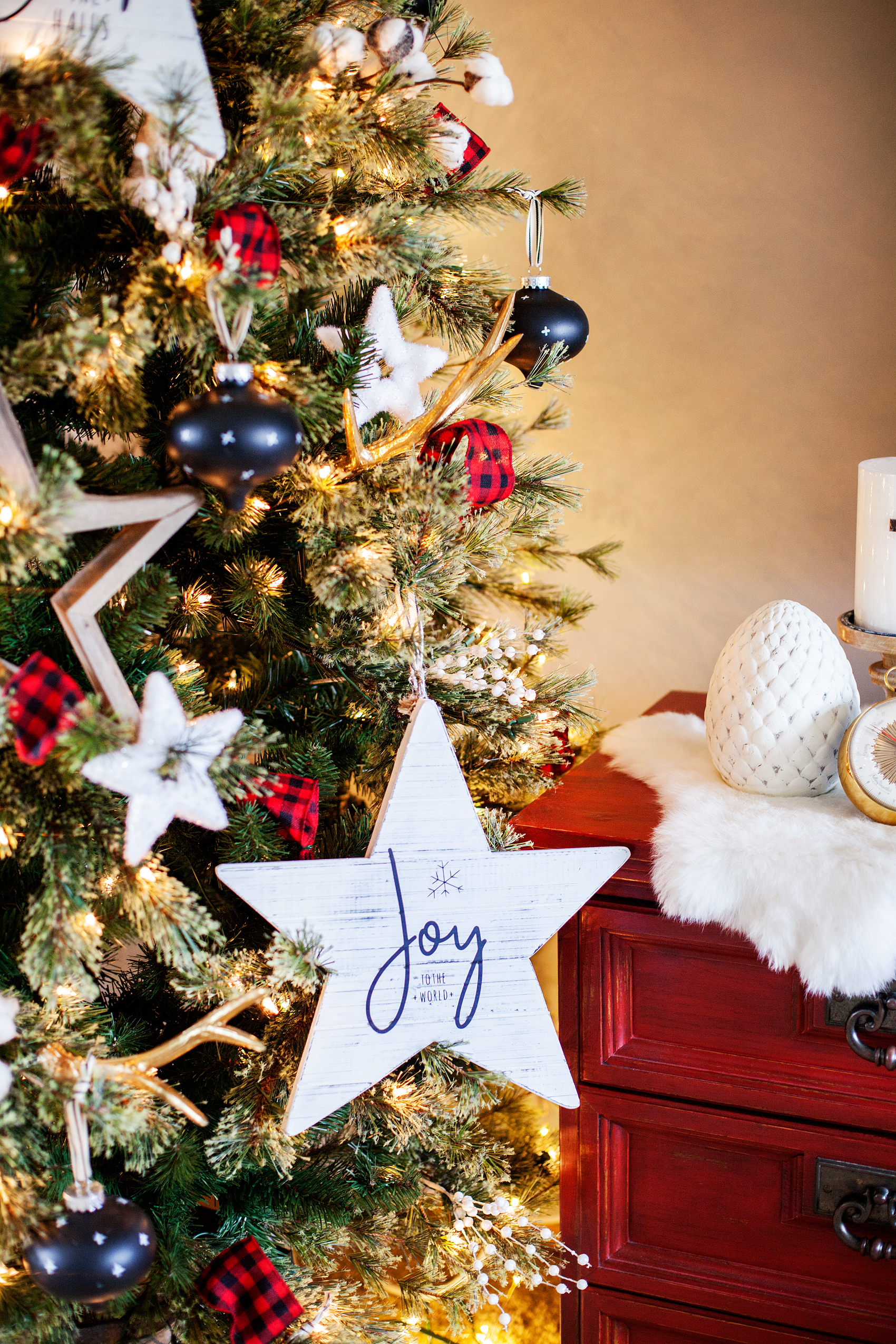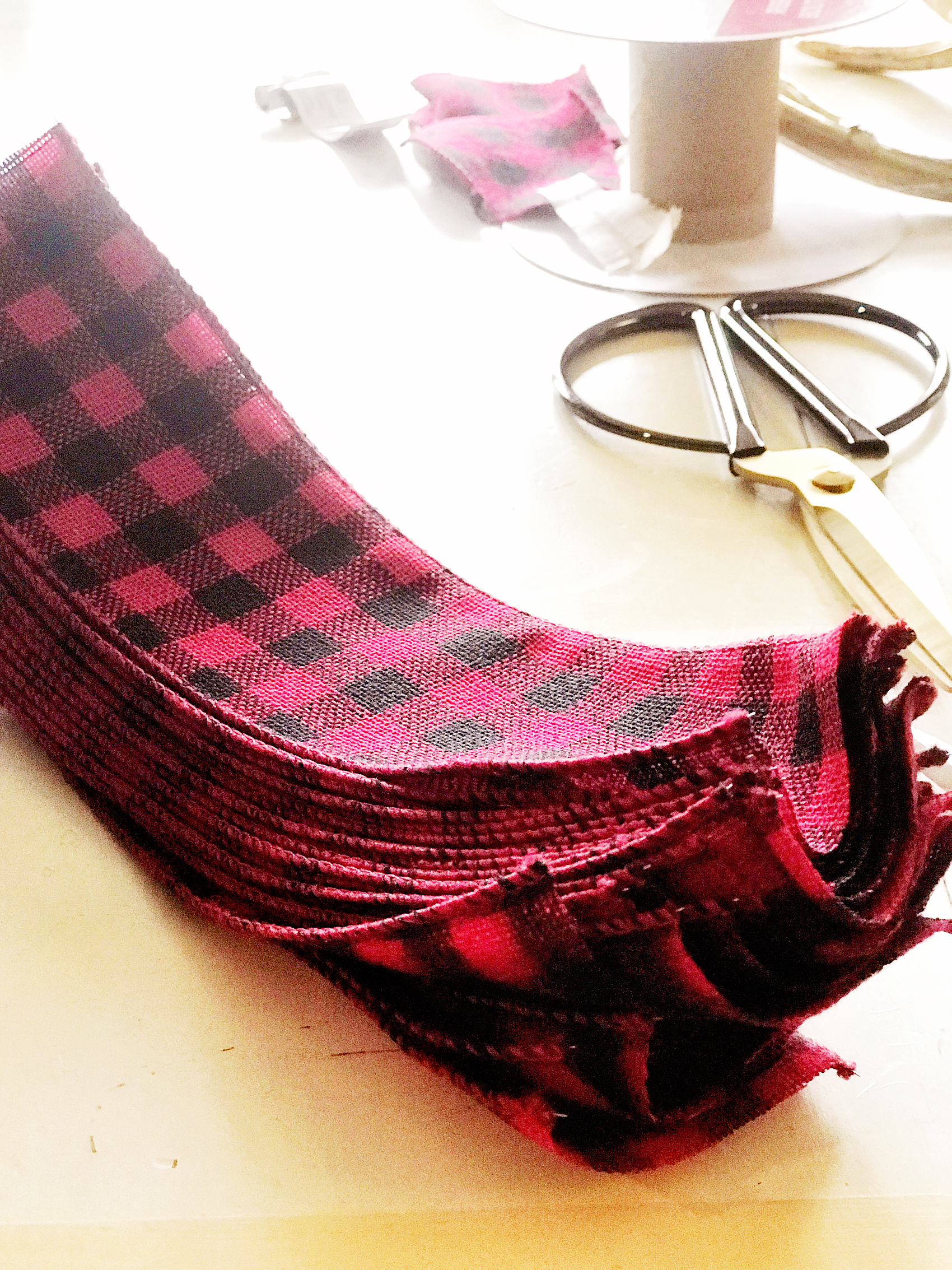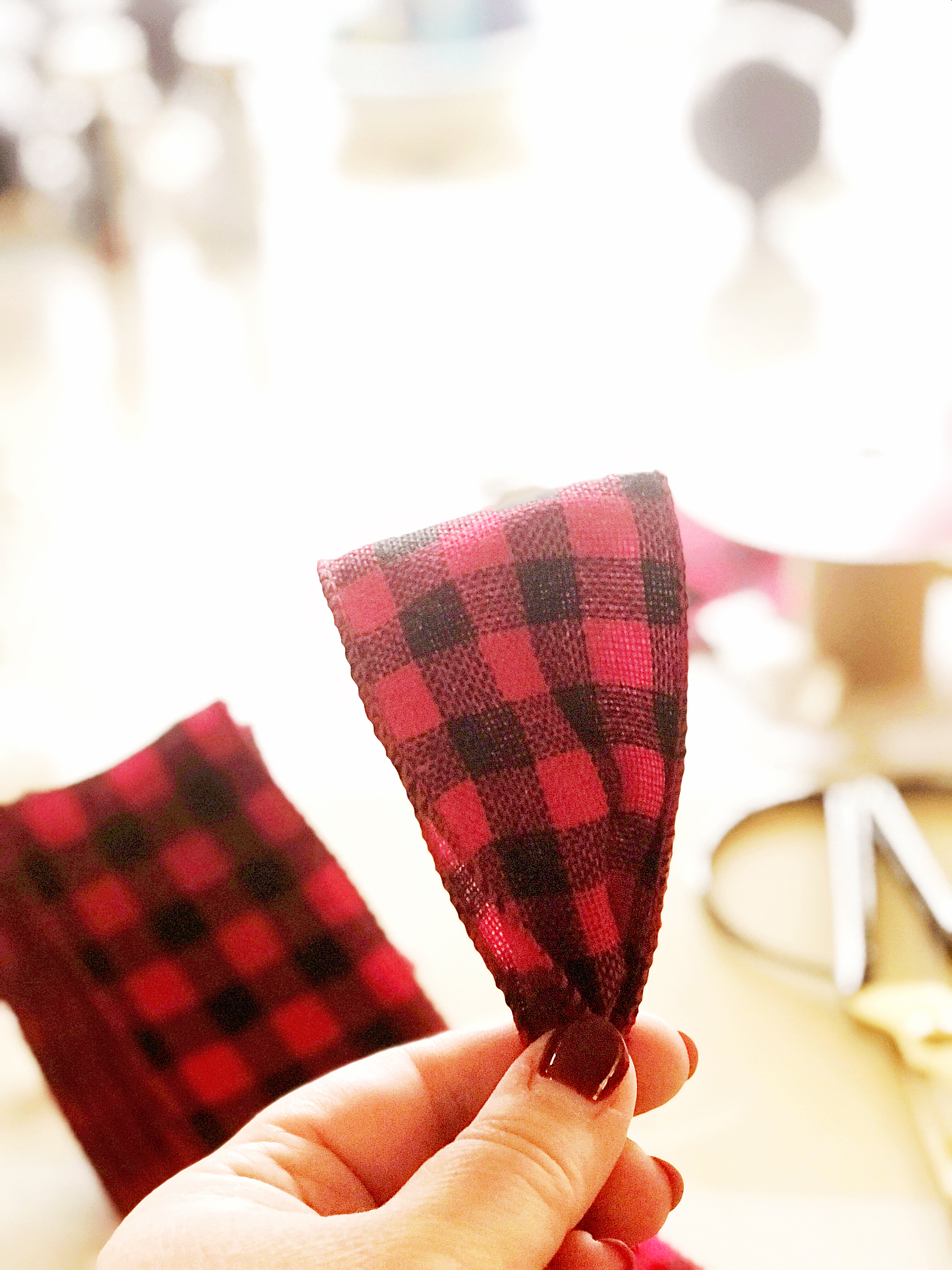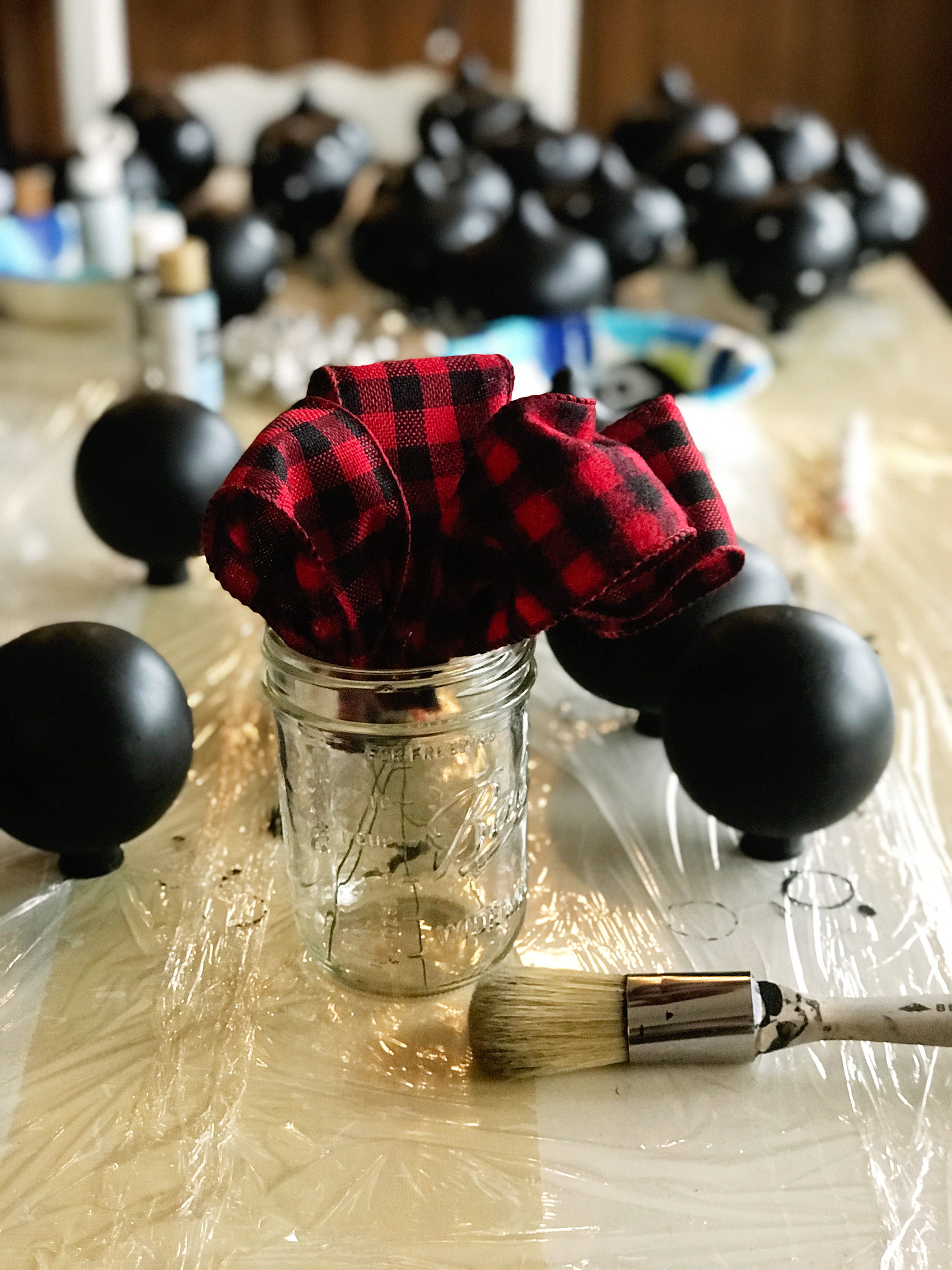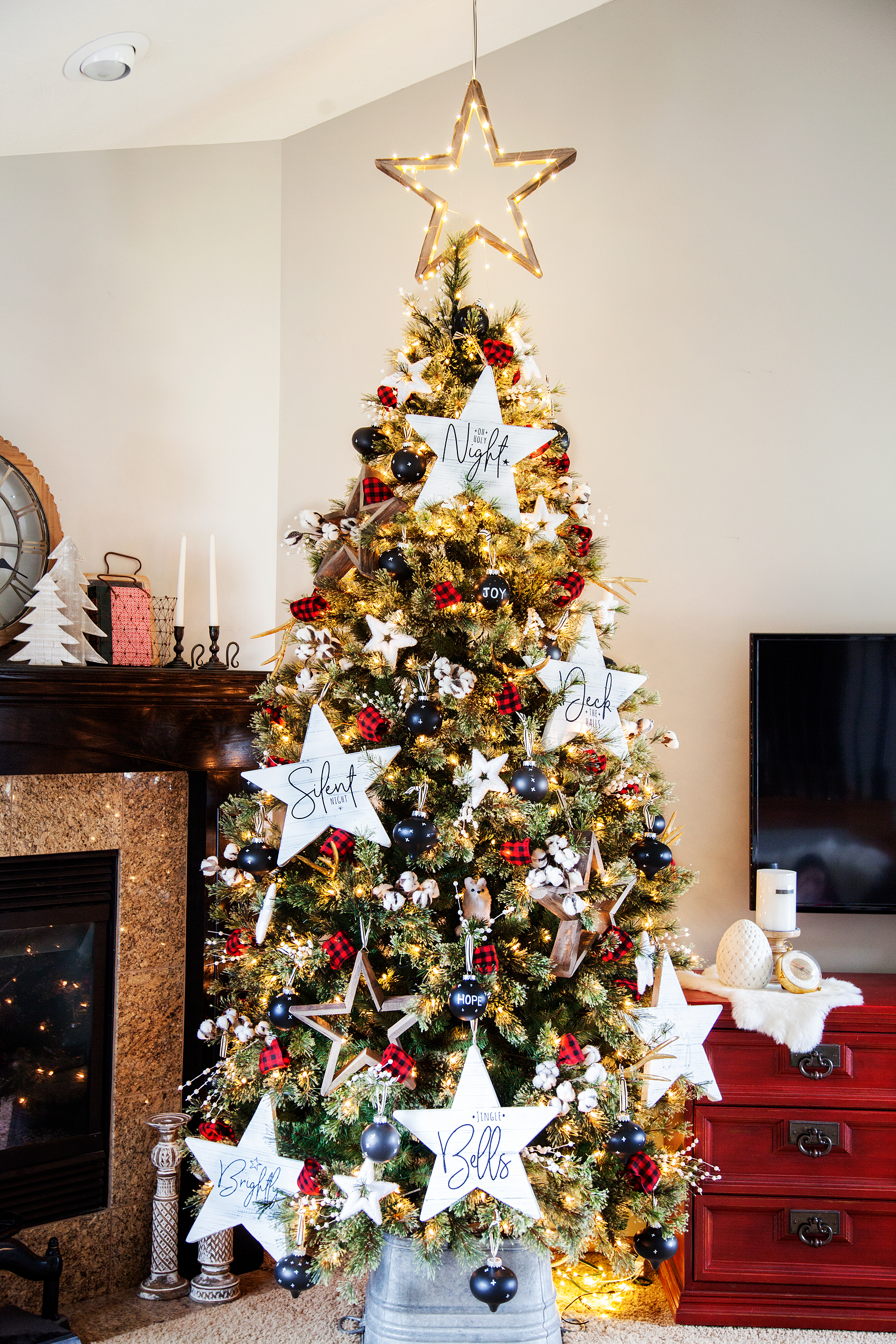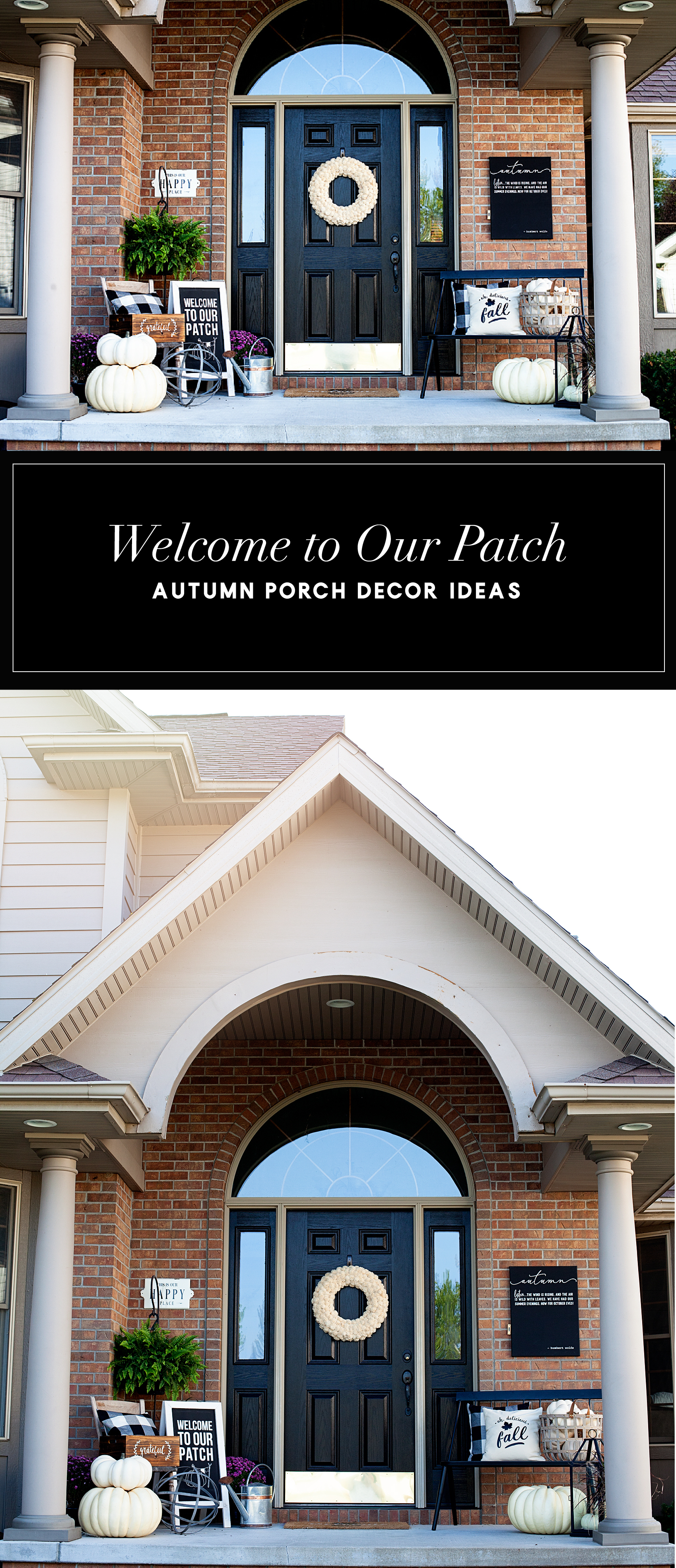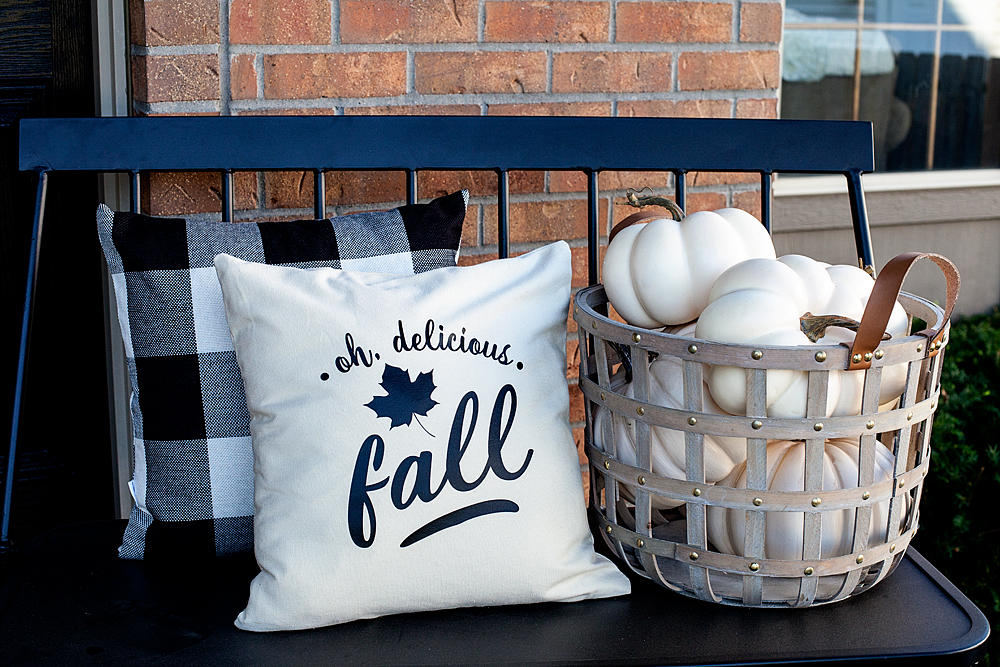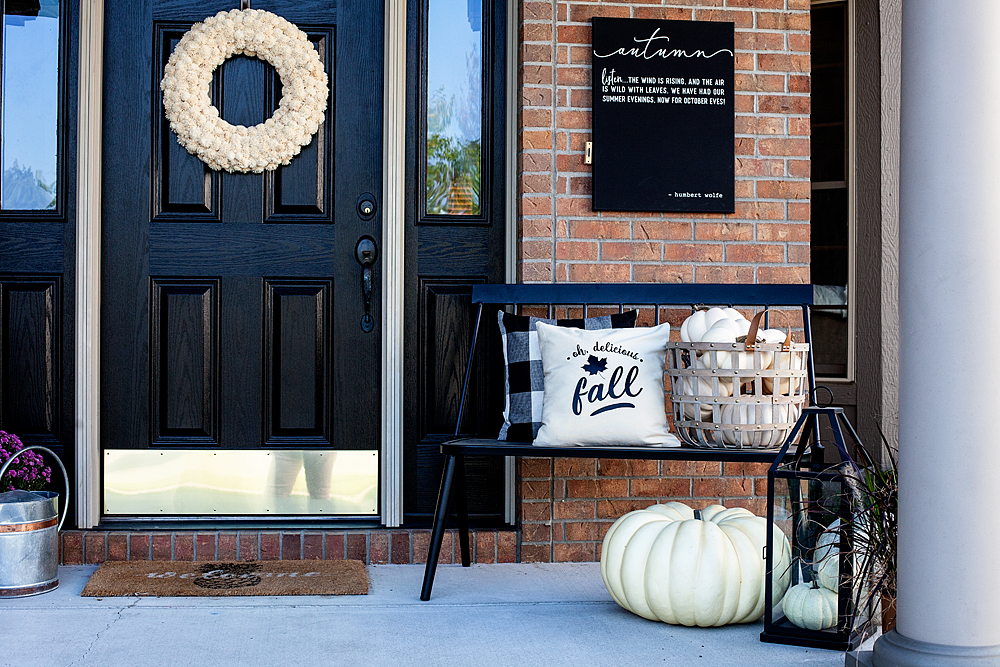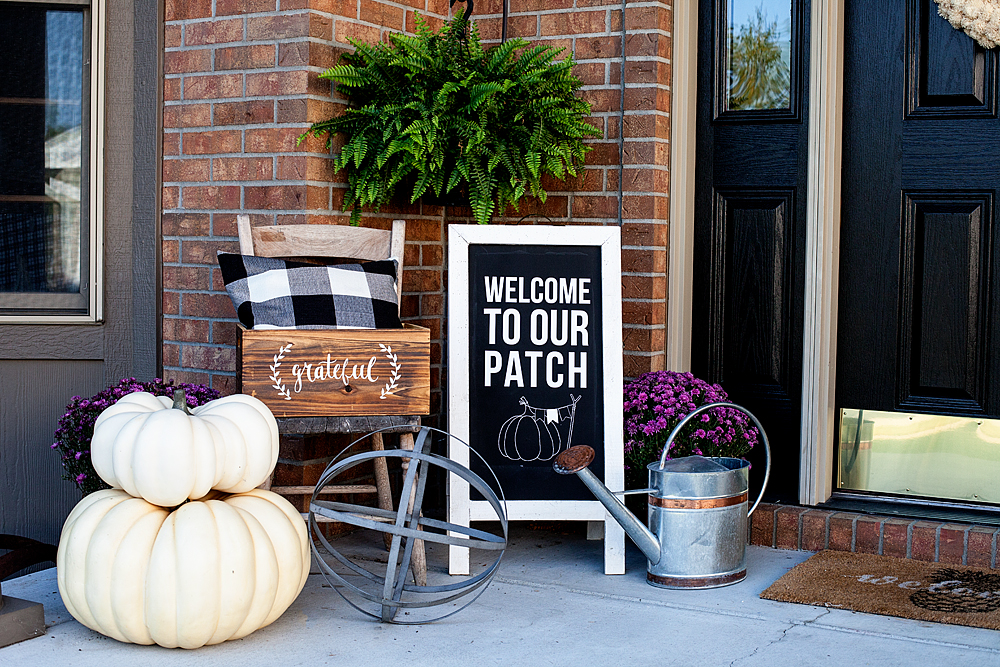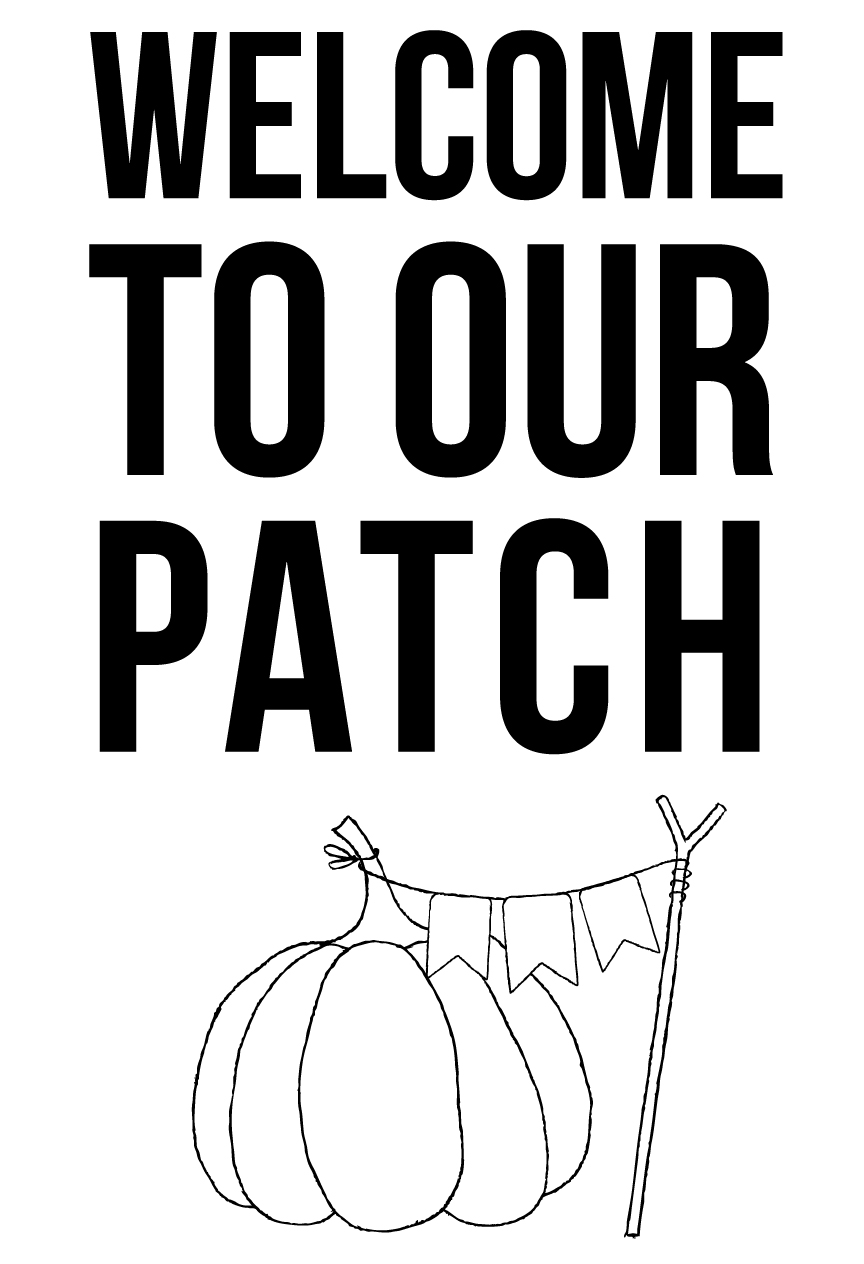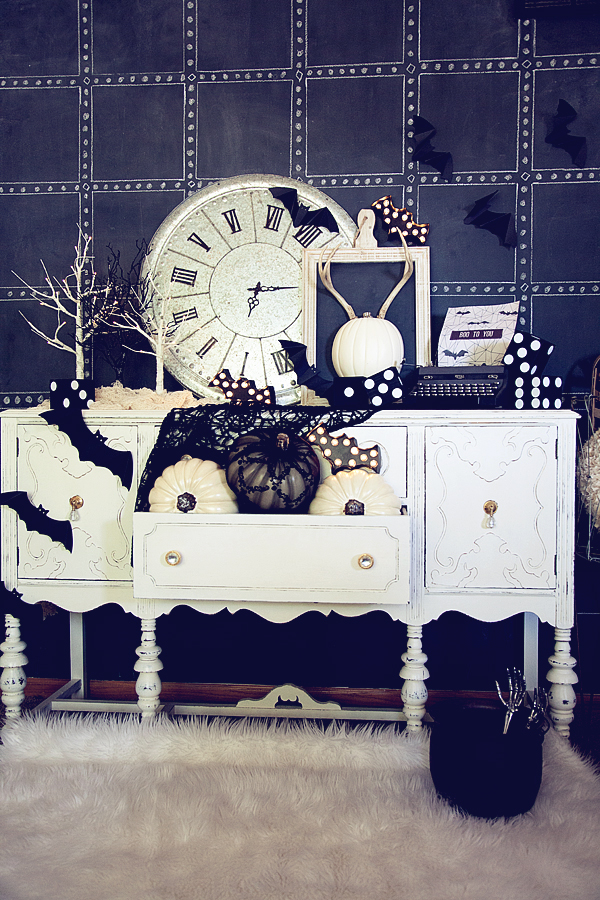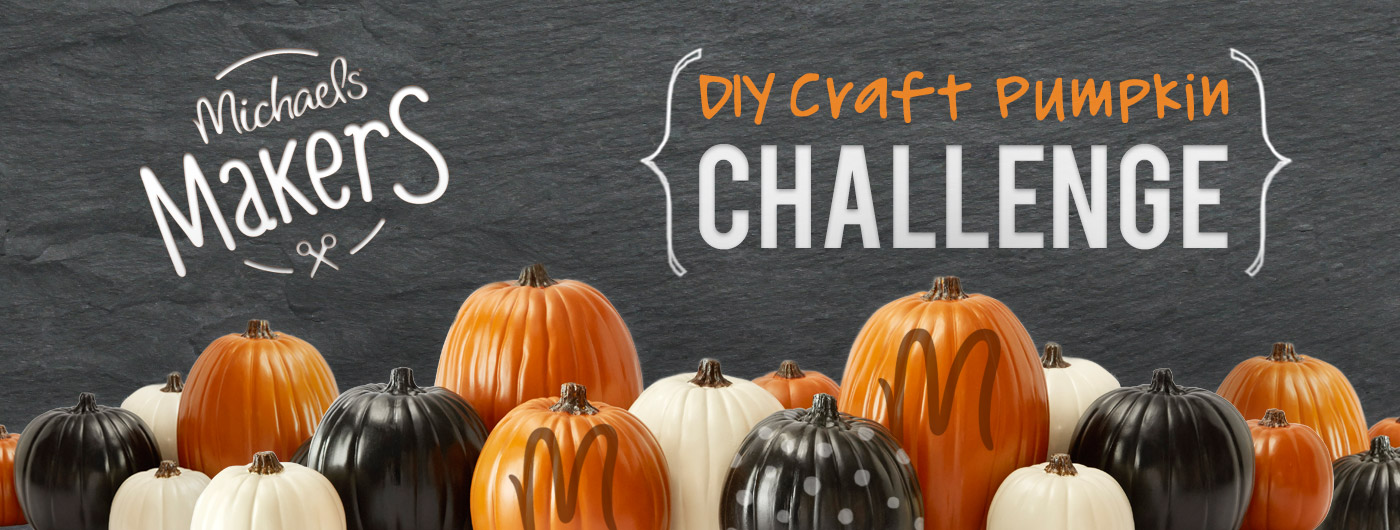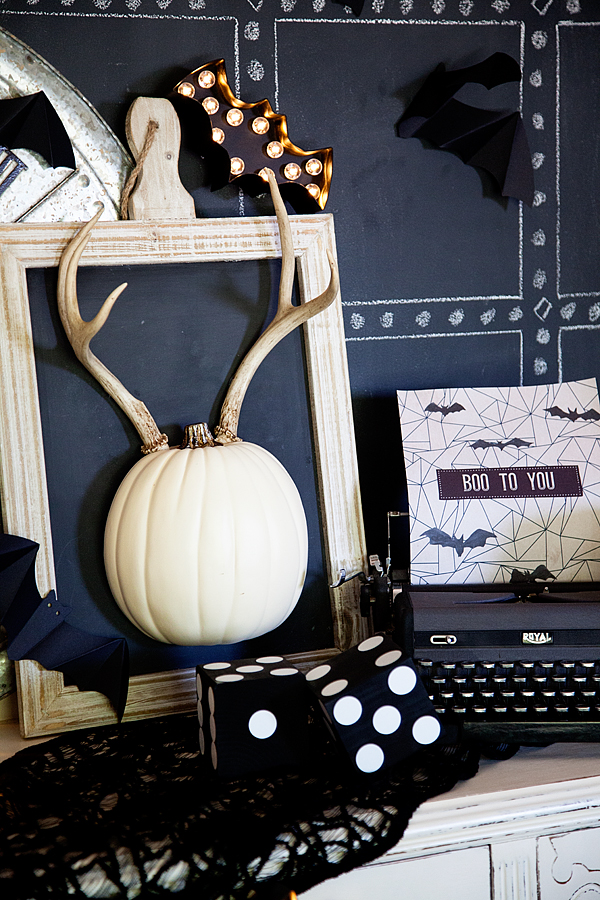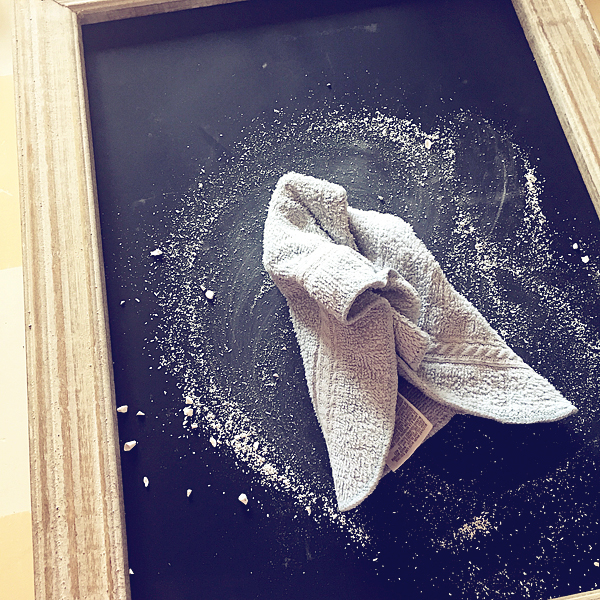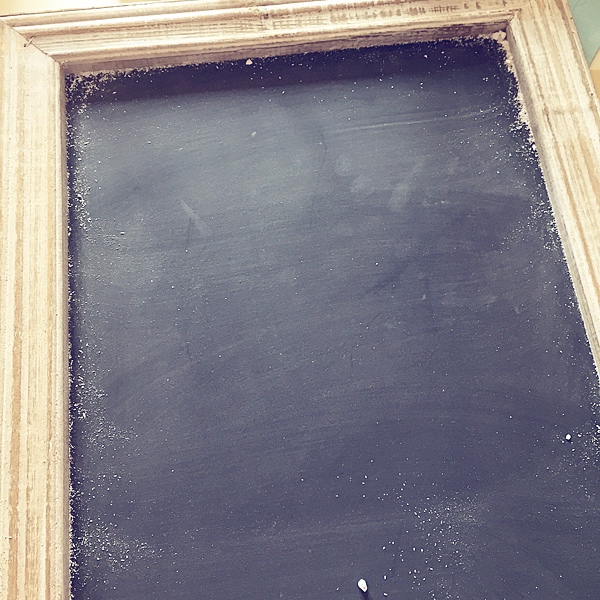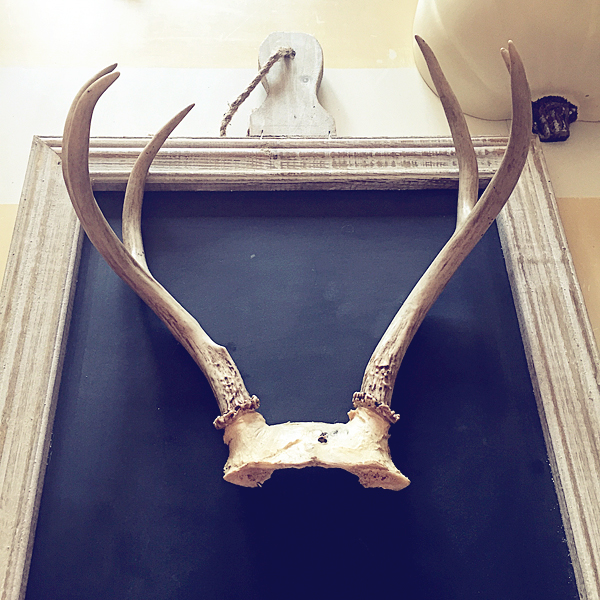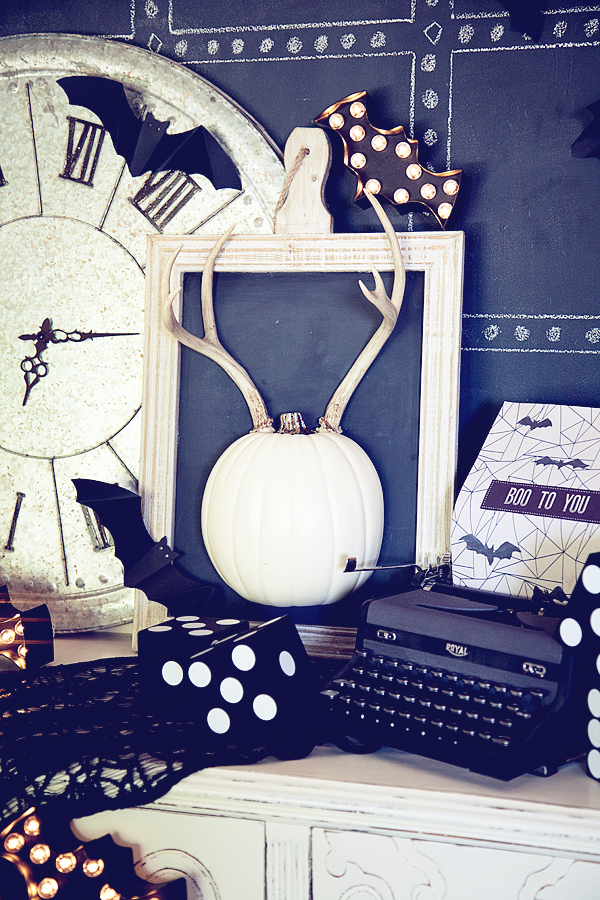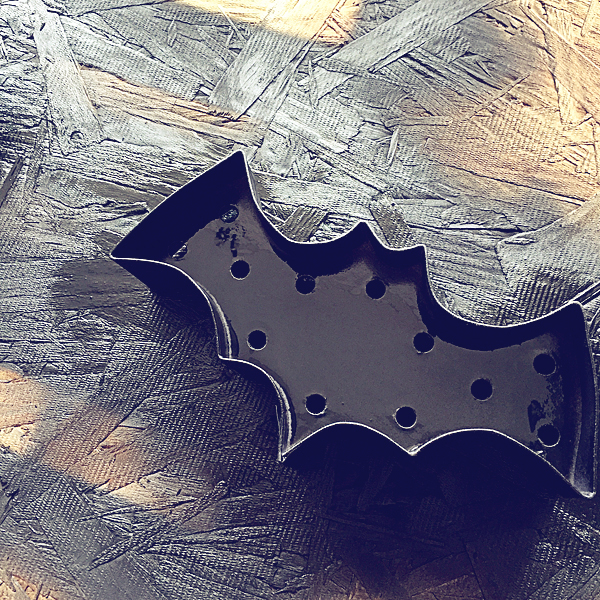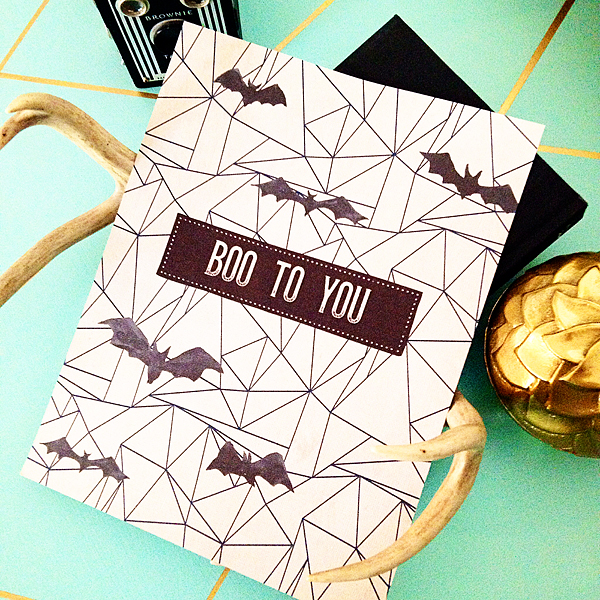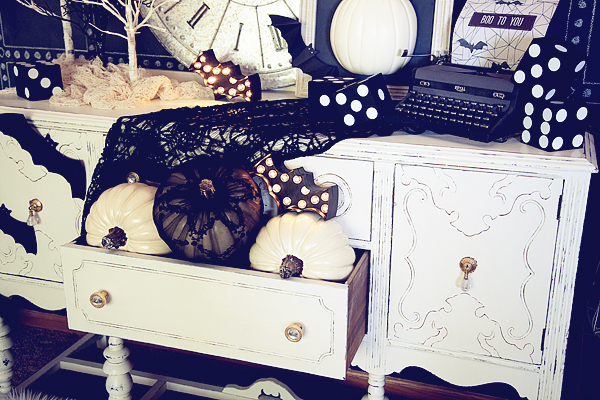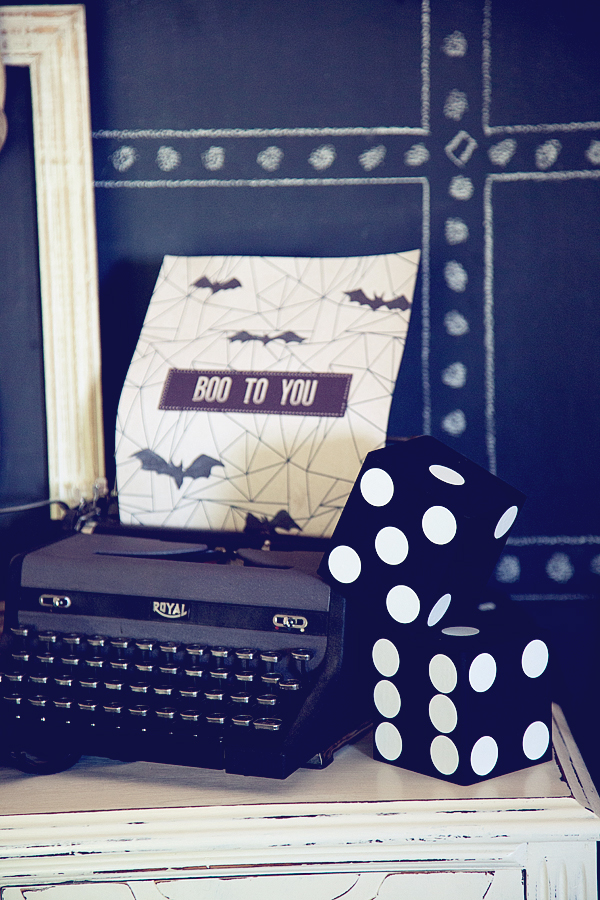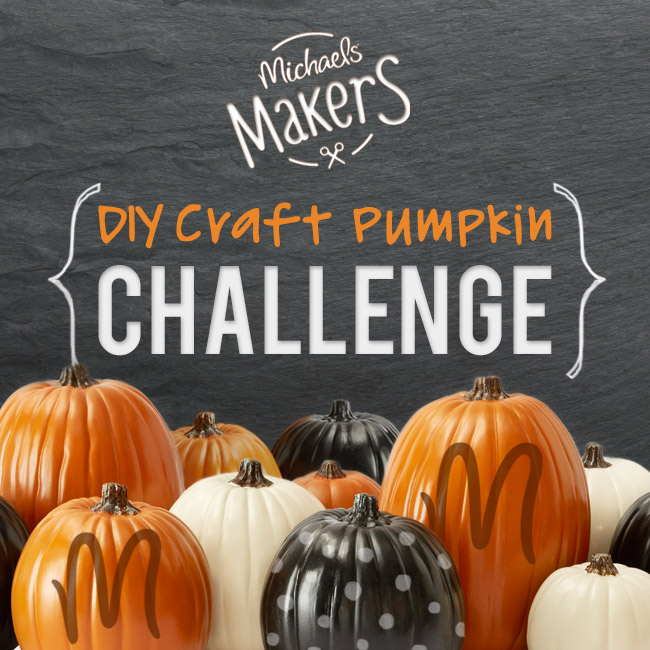Chalkboards are such a fun way to decorate around the house, in your office, or for parties! Here is a quick video showing you how to prime your chalkboard. Make sure to read this whole article for other tips and tricks!
Chalkboard signs, labels, and even entire chalkboard walls are a clever and creative way to personalize your home decor. Whether using a traditional slate chalkboard, or a surface painted with chalkboard paint, a little bit of preparation and maintenance goes a long way to ensure your chalk art will always look vibrant.
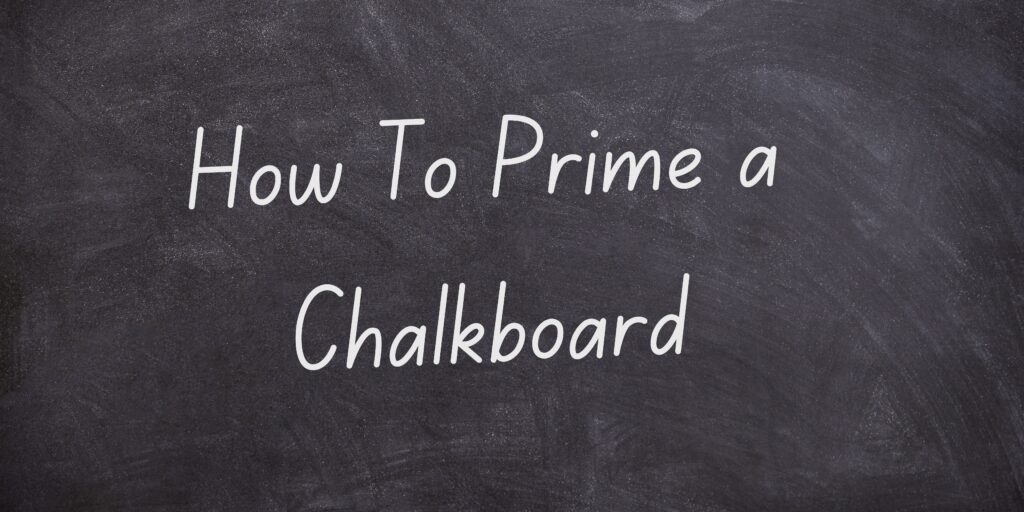
What Does it Mean to Prime a Chalkboard?
Just like applying a primer coat before painting a house, or brushing on a layer of gesso to stretched canvas, your chalk art will look best when the chalkboard surface is properly primed. Priming fills any tiny holes or pores in your chalkboard with a thin layer of chalk dust. This smooths out the surface of your chalkboard, making it easy to write/draw on, and easy to erase.
Have you ever tried to erase something on a chalkboard, and the images stubbornly remain there, just barely visible? That’s commonly known as “ghosting”. Thankfully, priming is an easy way to prepare the chalkboard so that “ghosting” doesn’t occur.
How To Prepare a Chalkboard Before Using It
If you’re using a traditional slate chalkboard, there isn’t much you need to do to prepare it. Make sure it’s clean of any dirt or tiny bits of debris (natural slate can have tiny chips at the edges). Once it’s cleaned and dry, you can go ahead and prime the surface.
If you’re painting a sign or a door with chalkboard paint. It’s important to paint the surface in two to four coats, allowing a full 24 hours of drying time between each coat of paint. Once that’s done, it’s time to prime your chalkboard surface.
How to Prepare a Chalkboard for Traditional Chalk
Priming (sometimes known as “seasoning”) your chalkboard for traditional chalk is quick and easy. An adequately primed chalkboard is key to creating chalk art and messages that get noticed. It can be done in minutes, with just a few simple steps:
Step One: Make sure your surface is clean and dry.
Step Two: Using a stick of ordinary white chalk, lightly rub all over your chalkboard using the side (not the end) of the chalk. Cover the surface first going horizontally, thing over it again vertically.
Step Three: Using a soft, dry rag gently buff the chalk all over the chalkboard, This will help the chalk dust fill in any nooks and crannies, giving you a smooth surface for your art.
Step Four: Now erase the chalk. You can use a traditional felt chalk eraser or a barely damp cloth. Be careful not to use a cloth that is too rough so you won’t scratch the chalkboard.
How to Prepare a Chalkboard for Liquid Chalk
Liquid chalk markers are water-based markers with pigments that dry to a chalk finish. They’re available in a wide variety of colors, including neon and metallic styles. They are a little bit different than traditional chalk, however. The biggest difference is that liquid chalk markers should only be used on non-porous surfaces. On porous surfaces, such as slate, the liquid chalk is difficult to erase, even with proper priming.
Priming your chalkboard for liquid chalk markers is just as easy as priming for traditional chalk. In fact, you can prime your surface using the method for traditional chalk and your liquid chalk markers will work just fine. However, if you want to take a few extra steps for optimal results, here’s what you should do:
Step One: Make sure your surface is clean and dry.
Step Two: Using a white liquid chalk marker, doodle all over your chalkboard. You don’t have to cover every bit of surface, just make sure the marker is spread out over most of it.
Step Three: Let your chalk doodles sit there for 20 to 30 seconds. The liquid chalk should be almost, but not completely dry.
Step Four: Using a soft, damp cloth, wipe your chalkboard clean. Be careful not to use a cloth that it too rough so the chalkboard paint doesn’t become scratched.
Tips For Maintaining and Enjoying Your Chalkboard
When priming your chalkboard, keep in mind that this process blows minuscule bits of chalk into the air. You might want to wear a mask to cover your nose and mouth while doing this if you’re sensitive to dust. If you’re priming a large chalkboard surface, such as a wall or door, you might also want to have a drop cloth nearby to catch all the chalk dust created by the priming process.
Once you’ve primed your chalkboard surface, you should be able to draw and easily erase it many times. If you start to notice ghosting, just follow the steps to re-prime your chalkboard.
Chalkboard paint can scratch or chip over a long period of time. Adding another coat or two of paint periodically, as well as re-priming, can both help keep it looking new.
If you do have some “ghost images” on your chalkboard, use a wet sponge with a small amount of liquid dish soap to gently wash the image away. Other suggested methods for cleaning include a damp cloth with a tiny bit of white vinegar or a magic eraser cleaner. Before using any of these to clean a chalkboard painted surface, do a small test spot in a corner. Some brands of chalkboard paint may discolor with certain cleaning chemicals.
Once your chalkboard is primed and ready, it’s time to start creating! Chalk is a fun, versatile medium with so many possibilities. Play around with different techniques to produce eye-catching art. You can use cotton balls or swabs to softly blend different layers of colored chalk together. To get more vibrant coverage from traditional chalk you can dip the end of the chalk stick in a little bit of water. You can cut stencils and templates from card stock to create fun designs. The possibilities are only as limited as your imagination!
